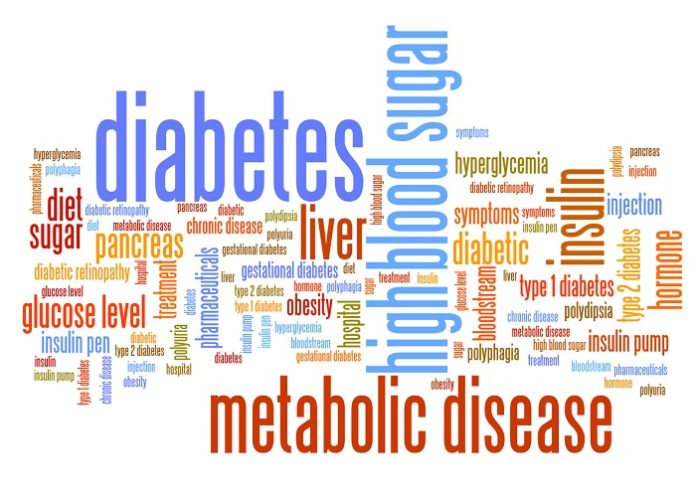A new type of diabetes that’s linked not to obesity but to malnutrition has been officially recognised, decades after first being observed in developing countries, but traditionally being under-diagnosed.
The International Diabetes Federation (IDF) has officially recognised it as “type 5 diabetes”, or Maturity Onset Diabetes of the Young (Mody), reports The Independent.
Caused by malnutrition-induced low insulin production among lean and malnourished teenagers and young adults in low and middle-income households, the rare form of the condition is believed to affect about 25m people globally.
Distinct from type 1 and 2 diabetes, it was officially recognised through a vote on 8 April at the IDF’s World Diabetes Congress in Bangkok, Thailand, after years of debate over its identification.
Meredith Hawkins, professor of medicine at Albert Einstein College of Medicine, said malnutrition-related diabetes “has historically been vastly under-diagnosed and poorly understood”.
“The IDF’s recognition is an important step toward raising awareness of a health problem that is so devastating to so many people,” she said.
Type 5 diabetes is a rare, inherited form of the disease that develops in the early teens or 20s in people who have a genetic mutation passed from parent to child. If a parent has the affected gene, their children have a 50% chance of also being carriers.
It is not caused by being obese or through lifestyle choices, and is estimated to affect up to 25m people globally, mainly young men in Asia and Africa with a body mass index under 19kg/m2, according to experts.
Nihal Thomas, professor of endocrinology at Christian Medical College in India and a member of the Type 5 Diabetes Working Group, said the disease causes pancreatic beta cells to function abnormally, leading to insufficient production of insulin.
“Because of the lack of formal recognition, this condition has been understudied and misdiagnosed,” he told The Indian Express.
Mody was first described in Jamaica in 1955. Three decades later, the World Health Organisation officially classified “malnutrition-related diabetes mellitus” as a distinct diabetes type, before dropping the category in 1999 due to a lack of evidence.
Patients are often misdiagnosed as having type 1 diabetes despite the fact that giving them too much insulin can rapidly prove fatal, Hawkins told Medscape Medical News.
“Malnutrition-related diabetes is more common than TB and nearly as common as HIV/Aids, but the lack of an official name has hindered efforts to diagnose patients or find effective therapies,” she said.
Hawkins first learned of malnutrition-related diabetes in 2005 at a global health meeting, when doctors from multiple countries described seeing patients with “an unusual form of diabetes”.
“The patients were young and thin, suggesting they had type 1 diabetes, which can be managed with insulin injections to regulate blood sugar levels. But insulin didn’t help them and in some cases caused dangerously low blood sugar,” she said.
The patients did not seem to have type 2 diabetes either, which is typically associated with obesity. “It was very confusing,” she added.
Hawkins founded Einstein’s Global Diabetes Institute in 2010, which began leading international efforts to uncover the underlying metabolic defects that lead to malnutrition-related diabetes.
More than a decade later, in 2022 she and her colleagues at the Christian Medical College demonstrated that this form of diabetes was fundamentally different from Type 1 and 2.
She said people with this form of diabetes have a profound defect in the capacity to secrete insulin, which wasn’t recognised before.
“This finding has revolutionised how we think about this condition and how we should treat it.”
Doctors worldwide are still unsure how to treat these patients, who often don’t live for more than a year after diagnosis, according to Hawkins.
To manage type 5 diabetes, the patients should include much higher amounts of protein and lower amounts of carbohydrates in their diet, while paying attention to deficient micronutrients.
“But this needs to be carefully studied now that there is global will and an official mandate from (IDF) to do so,” she said.
See more from MedicalBrief archives:
NHS trials AI tool to predict diabetes risk
Global study finds new genetic risk factors for type 2 diabetes
Diabetes a leading killer in SA, but we don’t know how many have it

